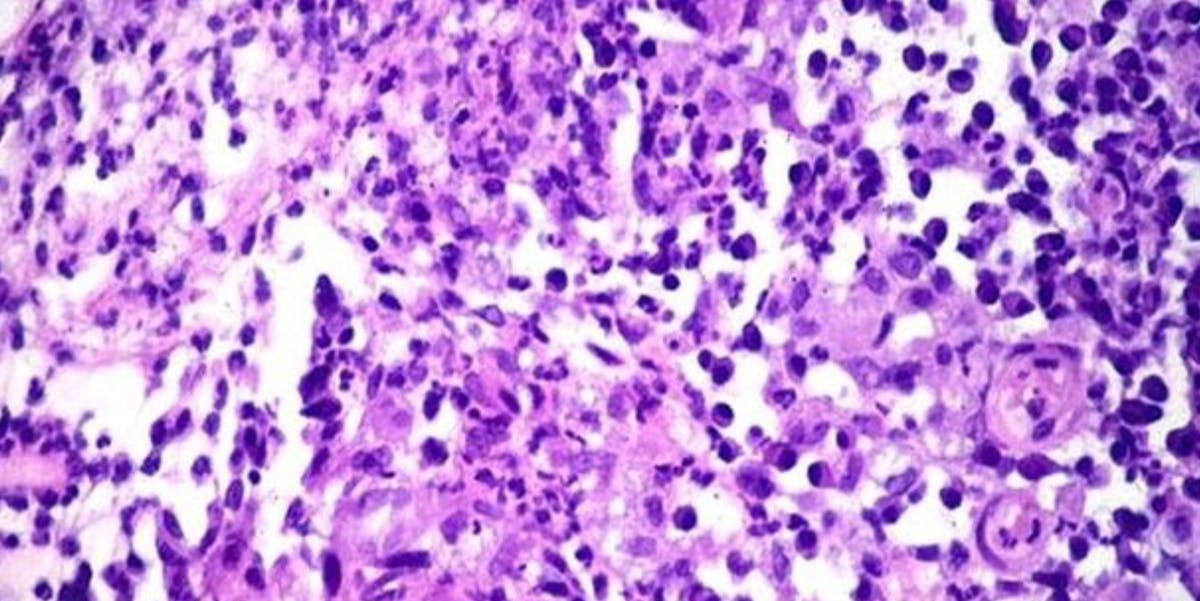Some of the world’s biggest cryptocurrency tycoons are about to find out how much they’re really worth.


Black women, especially, played a crucial role in the pool, providing mathematical data for NASA’s first successful space missions, including Alan Shepherd’s 1961 mission and John Glenn’s pioneering orbital spaceflight.
As we begin to question our biological roles during a non-biological (transhuman) era, will the role of pain remain as our sole method of detecting physical trauma or will it be replaced by a more efficient technological alternative?
Provides some hints what hurdles would be to tackle to do excursions on Mars; also provides a lot of illustrative info about the planet.


The Hubble Space Telescope captured an image of planetary nebula NGC 3918, which is a part of the Centaurus constellation about 4,900 light-years from Earth, according to NASA.
Between the lines: A planetary nebula is a cloud of colorful gasses which surrounds a dying star — known as a red giant, according to NASA. The remnants of the star give off the light, which reflects in the gasses and creates the beautiful, dramatic colors seen in the photo.
Space.

How 5G Will Change The World! https://www.facebook.com/singularityprosperity/videos/438504459964467/
In this video, we’ll be discussing 5G – more specifically, what it is and its ability to change our world!
5G is a core technology in establishing the digital infrastructure of the future and will be essential in how all of the over 50 billion mobile and connected devices by 2020 will communicate together!
[0:25–2:55] First we’ll take a quick look at the history of mobile networks, and how they have evolved over the years to present day.
[2:55–14:20] Following that, we’ll focus on the technologies a 5G network is composed of and the improvements in speed, latency, bandwidth and energy consumption they will bring.

